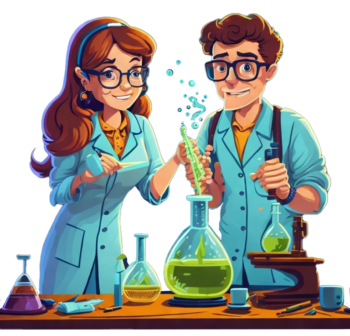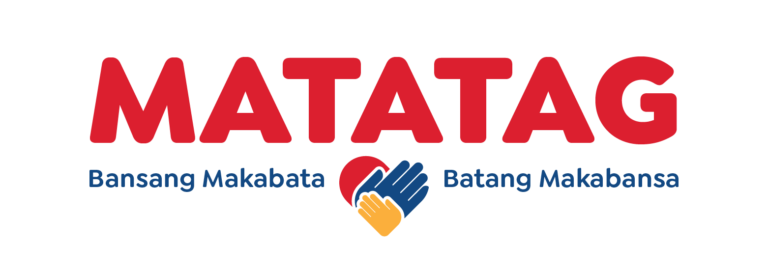
Download the MATATAG Music and Arts Curriculum Here
The Music and Arts curriculum is a vital component of education, fostering holistic development, cultural awareness, and creativity. However, it requires revision to adapt to contemporary educational needs. This revision aims to align the curriculum with societal changes and promote inclusivity. One significant change is the integration of music and arts, which offers several advantages:
Enhanced Cultural Understanding: Combining music and art helps learners gain deeper insights into different cultures, traditions, and perspectives, promoting cultural diversity appreciation.
Development of Creativity: Music and art provide valuable opportunities for creative expression, skill development, and enjoyment. Integrating them allows children to express thoughts and emotions and fosters critical thinking, visual communication, and understanding of various elements.
Improved Communication: Arts education enhances learners’ ability to communicate their experiences across subjects. It emphasizes hands-on experiences, making learning more meaningful.
Enhanced Content Retention: Arts-integrated instruction improves long-term content retention, ensuring that learners retain knowledge more effectively.
Development of Problem-Solving Skills: Learners in arts education programs also gain problem-solving skills, collaborative abilities, and social-emotional development. This leads to improved communication, friendships, and reduced negative behaviors.
Open-Minded Music Education: The evolving nature of music requires educators to approach it with an open mind, recognizing the diversity of musical practices and their cultural significance. Collaborative projects like musicals promote comprehensive understanding.
To streamline the curriculum, music, theater, dance, and art education have been merged to address current challenges and reduce congestion. This merger aligns music with the arts curriculum, ensuring relevance and inclusivity.
In Key Stage 1 (Makabansa), learners develop personal and cultural awareness, maintain a healthy lifestyle, and lay the foundation for understanding sound properties and arts principles.
The MATATAG Music and Arts Education Curriculum aims to develop 21st-century learners who are culturally aware, creative, and artistically literate. It promotes multicultural literacy, critical thinking, artistic expression, and a holistic national identity.
The curriculum nurtures essential skills, such as problem-solving, collaboration, and communication, fostering creativity and self-expression. It exposes learners to various cultures and historical periods, promoting a deeper understanding of the world. Additionally, it fosters empathy and understanding for diverse backgrounds.
Moreover, music and arts education encourages lifelong learning and engagement, providing a foundation for exploring creative interests throughout life, leading to personal fulfillment.
Objectives of the Enhanced Music and Arts Education Curriculum 2023:
- Develop 21st-century lifelong learners with musical and artistic abilities.
- Enable learners to express ideas and emotions through various creative expressions.
- Hone imagination, creativity, and essential life skills through practice and experiential learning.
- Connect music and arts with other disciplines through creative expression.
- Promote culture, heritage, and artistic values through performance and production.
- Apply multidisciplinary and multicultural perspectives in creative works.
The curriculum draws on various theoretical and philosophical bases:
- Culture as Meaning-Making: Culture imposes meaning on the world, fostering creativity and artistic expression.
- Musicking: Encourages participation in music as an action, not just a product.
- Creative Schools: Emphasizes the importance of creativity in education.
- Discipline-Based Art Education: Recognizes diversity in teacher training and learner backgrounds.
- Visual Culture Art Education: Incorporates popular culture into art curricula.
- Visual Thinking: Enhances problem-solving skills through nonverbal processes.
- Aesthetic Development: Identifies stages in understanding artworks.
- UNESCO Tangible and Intangible Heritage Education: Incorporates cultural heritage into education.
- Critical Pedagogy in Music Education: Shifts power dynamics in the music classroom.
- Social Justice in Music Education: Encourages youth empowerment and cultural appreciation.
- Perceptual Delineation Theory: Considers factors affecting artistic skill development.
- Musical Characteristics of Children: Summarizes research findings on musical development in children.
- John Dewey’s Aesthetics Theory: Emphasizes the importance of both idea and technique in art.
- Elliot Eisner on Art Education: Highlights the relevance of artistic thinking in education.
The Music and Arts Curriculum Framework focuses on developing 21st-century Filipino learners, emphasizing cultural identity, creative communication, and multicultural literacy. It acknowledges the dynamic relationships between these components.
Importantly, the curriculum is highly contextualized, utilizing materials based on local resources to highlight the relevance of music and arts education in learners’ lives.
Download the MATATAG Music and Arts Curriculum Here
Matatag Curriculum Guide
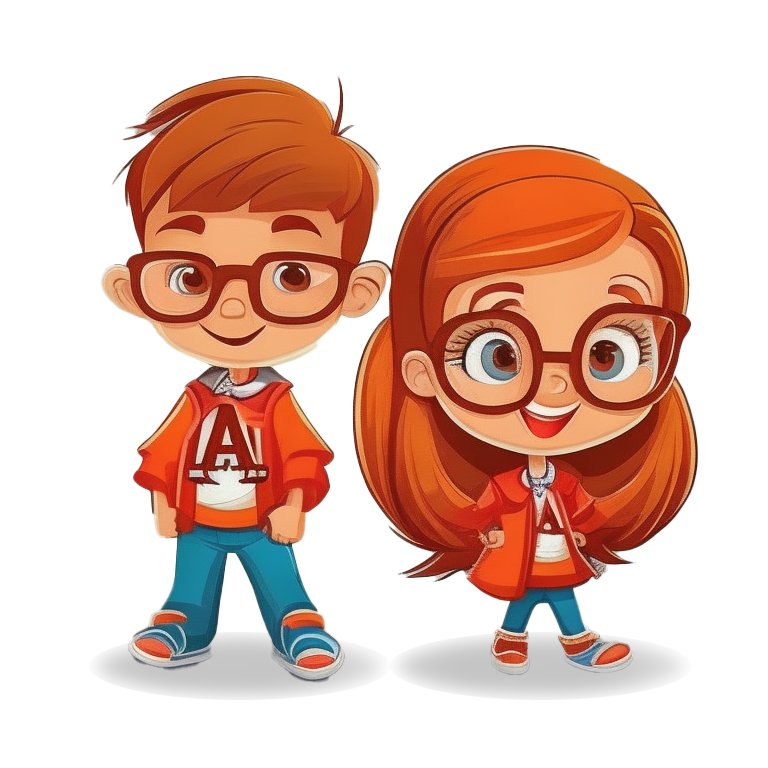
Kindergarten CG 2023
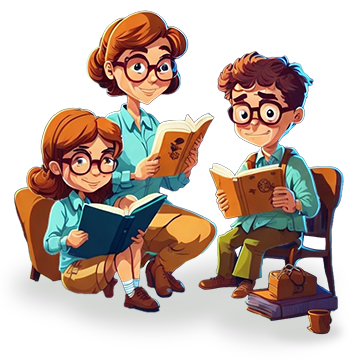
Reading and Literacy CG 2023
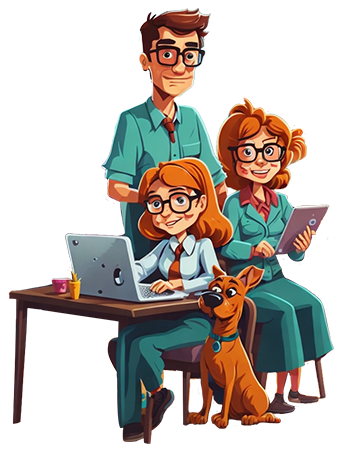
English CG 2023

Araling Panlipunan CG 2023
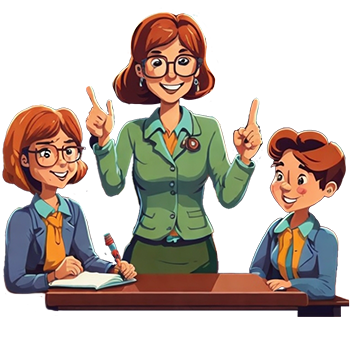
Filipino Kurikulum CG 2023
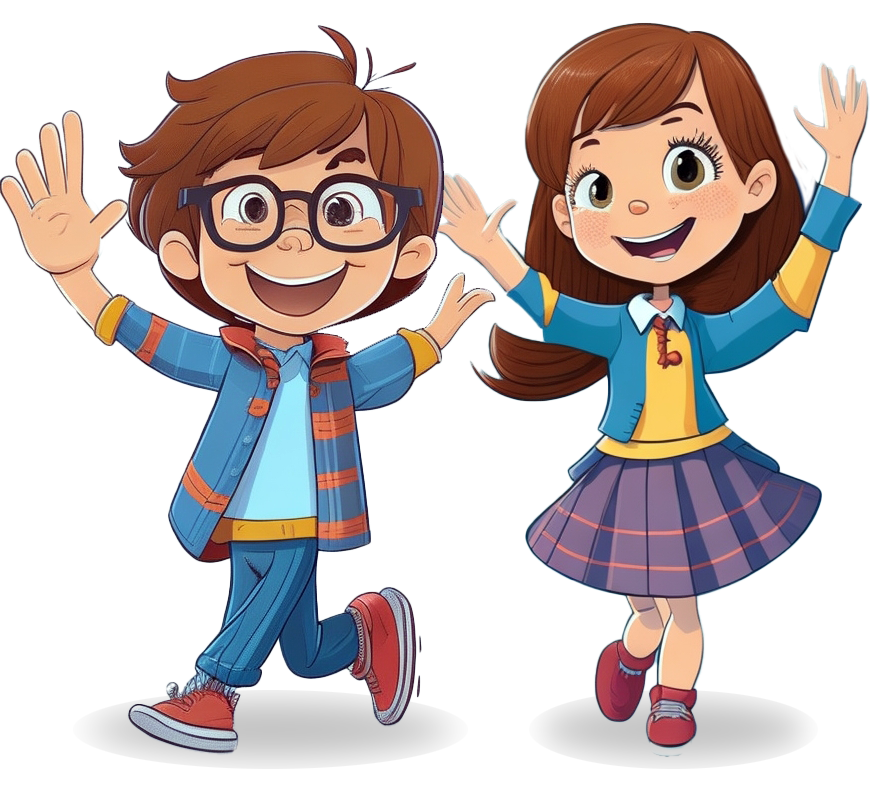
GMRC and VE CG 2023
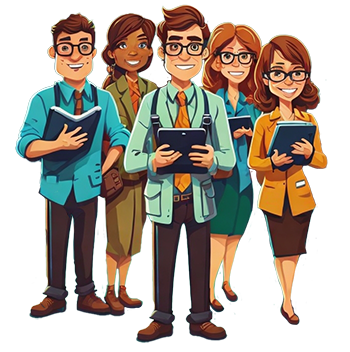
Language CG 2023
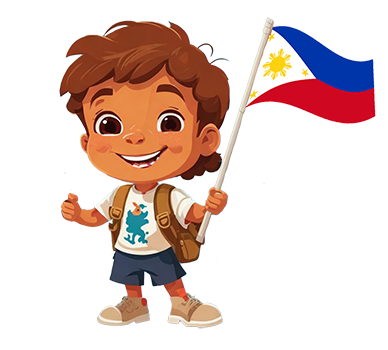
Makabansa CG 2023
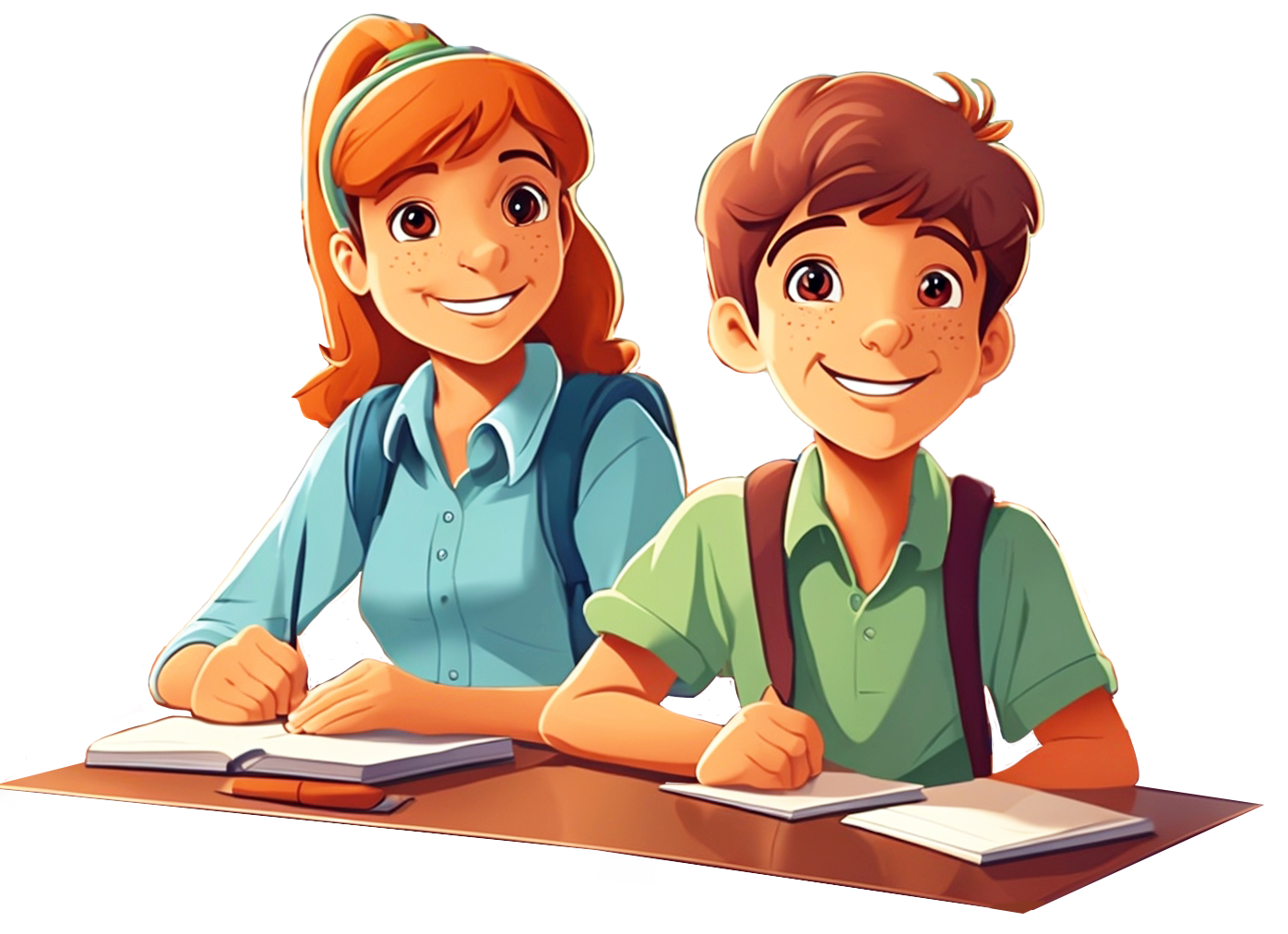
EPP TLE CG 2023

Mathematics CG 2023

Music and Arts CG 2023

PE and Health CG 2023
